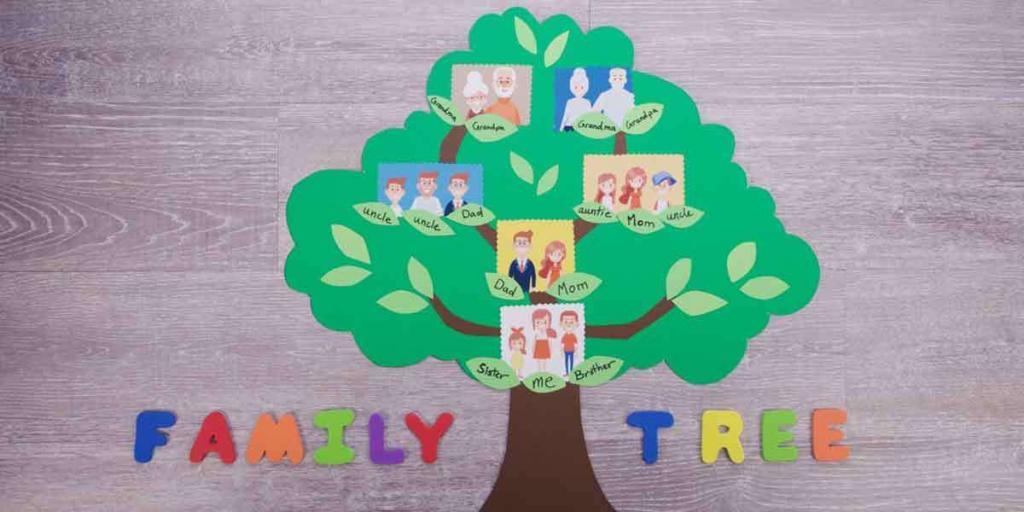What is Probate?
Probate is the term for a legal process in which a will is reviewed to determine whether it is valid and authentic. Probate also refers to the general administering of a deceased person’s will or the estate of a deceased person without a will. Probate is a legal process that administers the distribution of a deceased person’s assets. The process is overseen by a probate court. This court has the legal authority to decide matters related to wills and estates.
During probate, the court will determine whether the will is valid. They will also appoint an executor, locate and value assets, and pay the decedent’s debts out of the estate. The residue will then be distributed to the decedent’s beneficiaries and heirs.
Steps on how to Probate
Most people have little experience dealing with what happens after a loved one dies, and yet they are appointed as a personal representative or executor to settle the estate. This guide can help if you find yourself in this position, providing a general overview of the six steps required to probate an estate.
Inventory
The first step in probating an estate is to locate all of the decedent’s estate planning documents and other important papers, even before being appointed to serve as the personal representative or executor. The decedent’s estate planning documents might include a last will and testament as well as and funeral, cremation, burial, or memorial instructions. They might include a revocable living trust. The original documents should be stored in a safe place until they can be given to the estate attorney.
The decedent’s important papers will include information about their assets, including:
- Bank and brokerage statements
- Stock and bond certificates
- Life insurance policies
- Corporate records
- Car and boat titles
- Deeds to real estate
This inventory will also include information about the decedent’s debts, such as utility bills, credit card bills, mortgages, personal loans, medical bills, and the funeral bill. A list should be made of what the decedent owned and owed. Also list how each asset is titled in the decedent’s individual name, as a tenant in common, in joint names, or in trust.
Note the values of assets or debts that have statements. This information should be listed on the statements, along with the date of the statements. The decedent’s prior three years of income tax returns should be set aside as well. The next step is to meet with an estate lawyer to open the estate with the probate court after the decedent’s important documents have been sorted through.
Documents
When the estate lawyer has received enough information to draft the court documents required to open the probate estate, they will notify the person named to serve as the personal representative or executor in the decedent’s last will and also the beneficiaries named in the will. The decedent’s heirs at law will be required to review and sign the documents required to open the probate estate if there isn’t a last will.
While these documents will vary from state to state, or even from county to county within the same state, they will generally include the following:
- Petition for probate administration
- Oath and acceptance of personal representative/executor
- Appointment of resident agent
- Joinders, waivers, and consents
- Petition to waive bond
- Order admitting will to probate
- Order appointing personal representative/executor
- Order waiving bond
- Letters of administration/letters testamentary
Assets
Once the probate estate has been opened with the probate court, the next step in probating the estate is to establish the date-of-death values for all of the decedent’s assets. This step is important, because most states requires an inventory of the decedent’s probate assets, along with their date-of-death values, be filed with the probate court within 30 to 90 days of the date when the probate estate was opened with the court. All financial institutions where the decedent’s assets are located must be contacted to obtain the date-of-death values. Assets like real estate, personal effects and closely held businesses will have to be appraised by a professional appraiser. The probate court will only require a date-of-death value for the decedent’s probate assets to be listed on the estate inventory. If the decedent’s estate is taxable—on the federal or state level—then the date-of-death values will also need to be established for the decedent’s non-probate assets. These assets will include those owned as:
- Tenants by the entirety
- Joint tenants with right of survivorship
- Payable-on-death accounts
- Transfer-on-death accounts
- Life insurance
- Retirement accounts, including IRAs and 401(k)s
- Annuities
Get Help
Do you have more questions about Probate? Our attorneys are ready to give you all the help and answers you need. Call us today.
FAQs
What goes into inventory for Probate?
Your inventory should include the number of shares of each type of stock, the name of the corporation, and the name of the exchange on which the stock is traded.
What counts as assets for Probate?
Real estate, vehicles, and other titled assets owned solely by the deceased person or as a tenant in common with someone else. Tenants in common don’t have survivorship rights.









